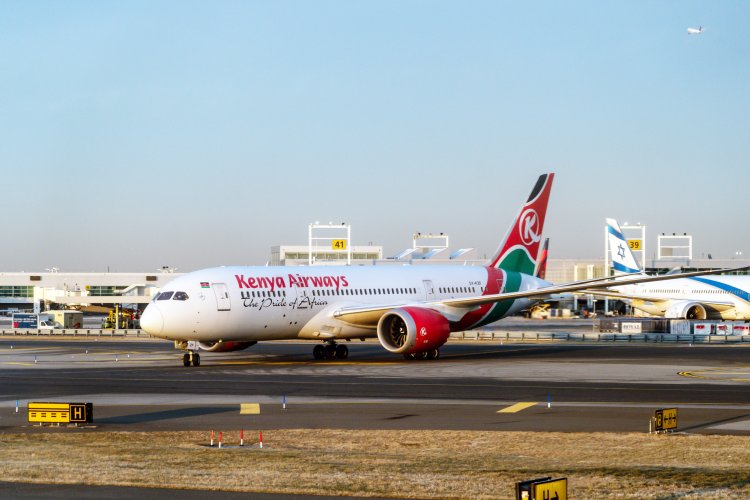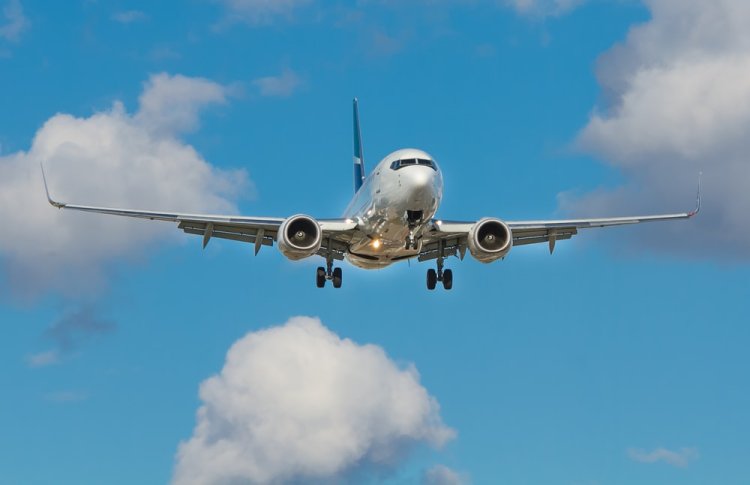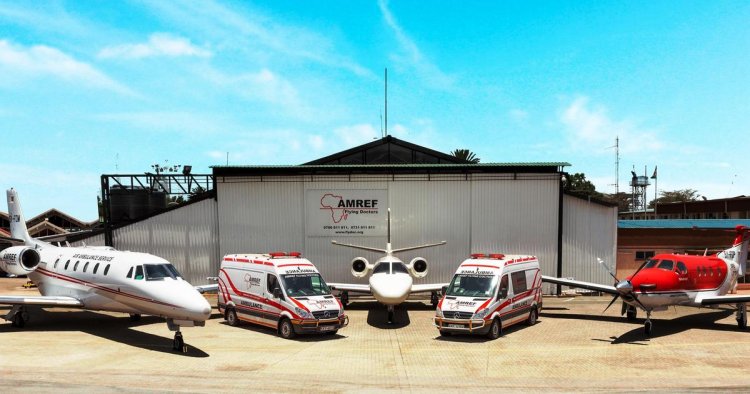Another Passenger Dies Aboard Kenya Airways Flight
KQ said that the flight, KQ002 had departed Nairobi as per schedule on Thursday, September 1 at 11:55 pm but the passenger succumbed the following morning,

Kenya Airways (KQ) has confirmed that one of its passengers died during a flight from Nairobi to New York in the United States (US).
In a statement on Friday, September 2, the national airline revealed that the passenger was found to be unresponsive and had passed away after an investigation by medical personnel.
KQ said that the flight, KQ002 had departed Nairobi as per schedule on Thursday, September 1 at 11:55 pm but the passenger succumbed the following morning.

“Kenya Airways PLC (KQ) confirms that on Friday, September 2, at around 6:30 am, KQ002, on a scheduled flight from Nairobi to New York, a passenger was found to be unresponsive.
“Upon further investigation, medical personnel on board confirmed that the passenger had passed away. The flight had departed Nairobi as per schedule on Thursday, September 1, at 11:55 pm,” the statement by KQ read in part.
This is the second death reported in two weeks. One of its passengers had died aboard KQ003 which was on the reverse journey from New York.
The flight was forced to divert from its 15-hour journey to Casablanca, Morocco, for a medical emergency after it was discovered that the passenger fell ill mid-journey.
Unfortunately, the passenger had already passed away by the time the flight landed in Casablanca.
The International Air Transport Association (IATA) notes that cabin crew trained to perform cardiopulmonary resuscitation (CPR) should continue CPR until one of the following occurs: Spontaneous breathing and circulation resume; or it becomes unsafe to continue CPR (e.g. moderate and severe turbulence and/or forecasted difficult landing after liaising with the flight crew); or all rescuers are too exhausted to continue.
Other occurrences include when the aircraft has landed and care is transferred to emergency medical services, or the person is presumed dead. If CPR has been continued for 30 minutes or longer with no signs of life within this period, and no shocks advised by an onboard Automated External Defibrillator (AED), the person may be presumed dead, and resuscitation ceased.

AMREF Flying Doctors based at Wilson Airport. /AIR MED AND RESCUE






